The Rimfire Report: Scientific Products Targ-A-Launch

Scientific Products Targ-A-Launch - When Cans Were Skeet
Hello and welcome back to another edition of The Rimfire Report! This ongoing series is about the rimfire firearm world and its many types of firearms, shooting sports, ammunition, and history! I am back at the helm, filling in for Luke C for this week. Today, we're diving into something completely different - a piece of shooting history that turns empty soup cans into flying targets for shotgun practice. Let's talk about the Scientific Products Targ-A-Launch from the early 1970s.
More Rimfire Report @ TFB:
- The Rimfire Report: Musing Rimfire At SHOT 2025
- The Rimfire Report: The Five Most Affordable Rimfire Pistols Worth Buying
- The Rimfire Report: Federal Classic 40 gr CPRN - Still Good?
- The Rimfire Report: Remington Standard V .22LR - First Look
- The Rimfire Report: .22LR Firearms Found in Video Games
A Literary Connection: The Jaws Factor
I'd known about these devices without really knowing about them. Years back, I read Peter Benchley's novel Jaws, which the movie was based on. In Chapter 12 (it bothered me so much I had to make sure I didn’t dream it up), Quint uses a device for aerial target practice:
"The device looked like a potato masher hand grenade, a metal cylinder with a handle at one end. Quint pushed the beer can down into the cylinder, turned it till there was a click, and took a .22 blank cartridge from his shirt pocket. He slipped the blank into a small hole at the base of the cylinder, then turned the handle until there was another click... there was a sharp high report, a mild kick, and the beer can was launched from his hand straight up into the air."
Quint then shoots the launched can out of the air with an M1 Carbine. When I saw this Targ-A-Launch for sale, I knew exactly what it was and had to have it. That connection to a different era of American gun culture, when people were more creative about making their own fun, is what makes these devices fascinating.
The Vintage Documentation Tells the Story
The paperwork that came with my example is honestly the coolest part. There's a typed letter from June 30, 1971, where someone saw an ad in The Wall Street Journal and mailed a personal check for $16.60 to buy one. Then there are the original Abercrombie & Fitch advertisements marketing this thing alongside their outdoor gear.
Even the torn Wall Street Journal page shows what else was happening in that issue. I have included it below in case you are curious about what was going on besides shooting sports.
The ads promised it would "make empty beverage cans a moving target" and provide training that simulated live bird shooting. At $15 in 1971, they were selling backyard entertainment that would cost about $100 today. They advertised in The Wall Street Journal because they figured their customers were people with disposable income looking for novel ways to practice shooting.
Those ads show people drinking and handling a firearm. Safety standards were completely different back then - what we'd consider wildly irresponsible today was just Tuesday afternoon in 1971.
A Whole Industry of Can Launchers
This wasn't a unique idea. Several companies were making these devices, and the similarities suggest either licensing agreements or everyone copying the same successful design. Arthur M. Johnson, a retired Navy officer, created the Targeteer after getting tired of throwing cans by hand during turkey hunting in Pennsylvania. Webley & Scott made their own version in England. The Targeteer and Targ-A-Launch have nearly identical packaging - same box style, same font choices - so they're probably licensing the same design or just selling the same product under different names. Neither launcher even has the product name printed on the device itself.
These companies also marketed similar devices for dog training that launched padded canvas dummies. The Scientific Products literature I have shows their "Retriev-R-Trainer" for $30, complete with launcher, dummy, and 50 assorted blanks. This was a whole product category, not just a novelty item.
Specifications: Scientific Products Targ-A-Launch
The Targ-A-Launch is simple but well-engineered for its purpose. Handheld launcher that uses 22 caliber blanks - both regular 22 blanks and nail gun blanks work fine from what I can see.
- Years Produced: Early 1970s
- MSRP in 1971: $15.00 (roughly $100 today)
- Weight: Approximately 1.5 lbs
- Length: 8 inches
- Propellant: 22 caliber blank cartridges
- Target Compatibility: Empty beverage cans (vintage steel cans with proper rims)
- Operation: Single-shot, pinball-style trigger mechanism
- Accessories: Shoulder stock available separately ($14.50)
The ads mention that this thing was supposedly good for shotgun, rifle, pistol, and even bow and arrow practice. That last one caught my attention - the idea that someone was shooting launched cans out of the sky with a bow suggests a level of skill that borders on supernatural. I know you Robin Hood freaks of nature are out there. Looks like we found your training hack.
Also! The ads mention a shoulder stock available separately for $14.50. I'd love to see what that looked like - some engineer really thought this thing needed more precision than handheld operation could provide.
Construction is an aluminum frame with that red plastic grip and a thick O-ring inside the muzzle opening. There's an old yellowed label recommending "vaseline or light grease in firing chamber to aid cartridge ejection," which turned out to be crucial information.
How It Actually Works: Not a Zip Gun (But Close)
The ads specifically mention this is "not a zip gun" because that would be illegal. A zip gun is an improvised firearm - basically a spring-loaded firing pin mechanism plus a barrel. You pull back the firing pin, release it, and it strikes a cartridge. The Targ-A-Launch works similarly with that pinball-style pull-back-and-release "trigger" system instead of some crude rubber band setups typical of zip guns.
Operation is straightforward: break it open like a single-shot shotgun, drop in a 22 blank, place an empty can over the muzzle opening (the can sits on that thick O-ring and grips just tight enough to hold firmly), close the action, and pull the trigger.
When you fire, there's a loud bang - think firework echo. No recoil, but a definite concussion over your hand as the can leaves. Wear ear protection.
The Can Problem: Why Modern Cans Don't Work
Back in 1971, beer and soda cans were steel with proper rims that fit this launcher and could take the beating. Modern aluminum cans are completely out of the question. I tried engineering a solution by 3D printing a barrel adapter out of PETG. Simple concept - a stepped tube that would slide onto the launcher like a can, but you could drop a modern aluminum can inside it. The adapter had different internal diameters: one to fit the launcher's "muzzle", another to accommodate modern can dimensions.
It was a prototype I had little faith would work, and I was right. The tube adapter absolutely shattered from the concussion forces, and the modern aluminum can crumpled into itself mid-flight like it went through a can crusher. Sadly, modern cans just can't handle the forces.
The solution is 10-ounce soup cans. Rotel diced tomato cans, Campbell's soup cans, various fruit cans - most all have the right rim diameter and enough steel thickness to survive multiple launches. The cans are empty and loaded open-end first onto the launcher.
Range Time: Performance and the Extraction Hell
The launching part works exactly as advertised. I started with yellow #4 box Ramset blanks. This worked fine, although it was the first and last to get horrendously stuck. Then I went out and bought the CCI blanks made for the dog dummy launcher (3 different power levels. I used the green). I was consistently sending cans out to around 40 yards. The trajectory is as consistent as your aim - point, shoot, can flies straight where you aimed it. No misfires, no failures to launch.
But extraction turns every shot into a 5-minute ordeal. The blanks from 1971 were different from modern ones - they were shorter because they weren't crimped like modern blanks. They were more like old paper shotgun shells with paper ends that were only slightly crimped over.
Even then, that old label mentions lubrication, so extraction was always problematic.
Modern blanks get seriously stuck. Even after cleaning the chamber with solvents and Q-tips, then polishing it with Flitz and a cylindrical buffing bit, extraction is still a fight. The vaseline recommendation is real - I started by putting a small glob in the chamber, but what actually worked was dipping each blank in the vaseline before loading.
Even then, extraction means opening the launcher aggressively hoping to knock the case loose, then using a small flathead screwdriver to pry up the rim and persuade things along. The extractor mechanism tries - it hangs down and actuates outward as you open the action - but it doesn't have enough power for stuck cases.
Safety Reality Check
Wear safety glasses when using this thing and point it away from anything valuable. I noticed a small hole appeared in one of my test cans, meaning pieces of the blank or debris are flying out of the port. This device will ventilate anything you don't want punctured.
The concussion blast over your hand is noticeable but not painful. This was marketed in an era when safety standards were more like safety suggestions, and I've seen ads for these devices that actually show people drinking while handling firearms.
Final Thoughts: Targ-A-Launch
I found mine on eBay for around $70. The seller actually called me afterward, worried I didn't understand it wouldn't work with modern cans. That was very kind of them ( midwest77 on ebay. Check out their vintage stuff!)
This represents a time when American gun culture was more inventive about creating entertainment. With more polishing and experimentation, this could be genuinely fun despite the extraction hassles. As it sits, you're looking at about 5 minutes between shots, wrestling with stuck cases.
Despite this there's something genuinely charming about the whole concept. In an era before YouTube and videogames, someone looked at beer cans and 22 blanks and created instant aerial targets. The vintage documentation - that typed letter, the Abercrombie & Fitch connection, the Wall Street Journal ads - captures when American shooting culture was less regulated but more creative.
The Targ-A-Launch works exactly as advertised. It just works in a world where beverage cans were steel, backyard shooting was normal, and safety meant "don't point it at your face." Sometimes the old ways weren't better, but they were definitely more creative.
Would I recommend hunting one down? If you like historical curiosities and don't mind mechanical challenges, absolutely. Just understand you're getting a 50-year-old novelty that requires patience and tool-assisted extraction. As a window into a different era of American gun culture, it's fascinating.
Multiple companies were making these devices and marketing them in mainstream publications. This was a legitimate product category, not some garage project. American gun owners used to be more resourceful about making their own fun, even if that fun came with some questionable safety practices by today's standards.
As always, thank you for stopping by to read The Rimfire Report, and we'll see you all next week!

Staff Writer: TheFirearmBlog & AllOutdoor.com | Certified Gunsmith | Published Author | Firearm History Enthusiast
More by Sam.S
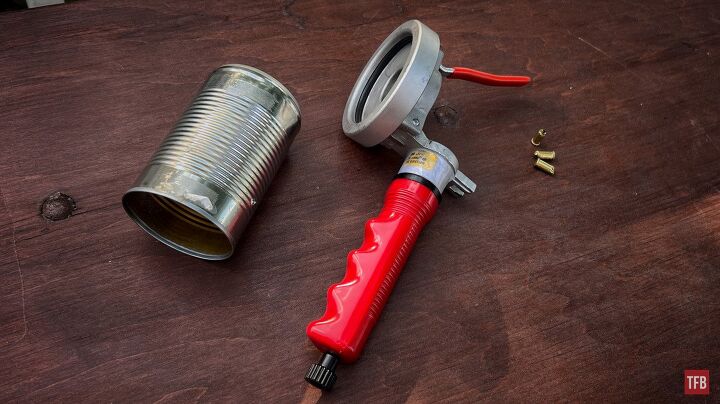







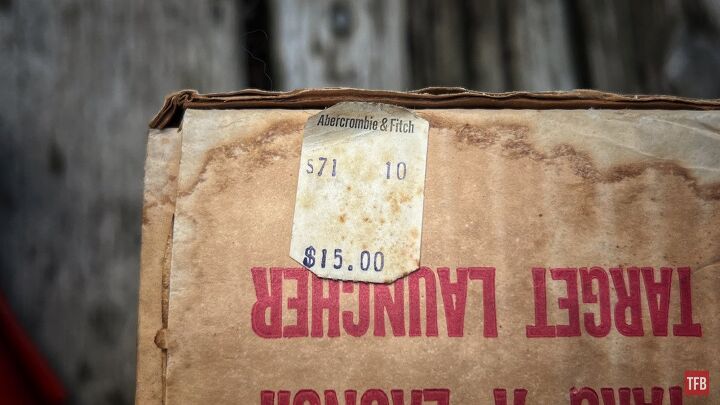










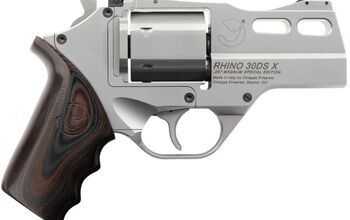
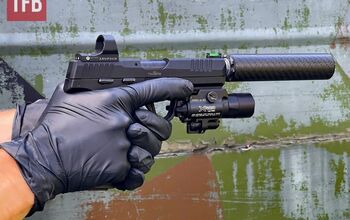

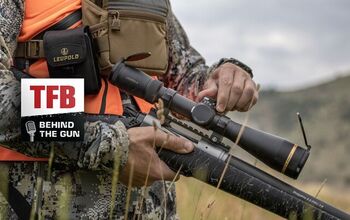
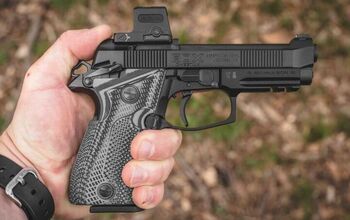
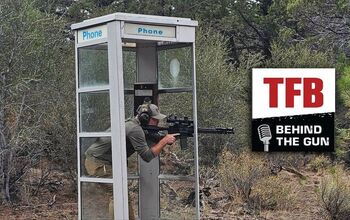
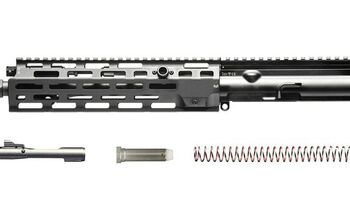
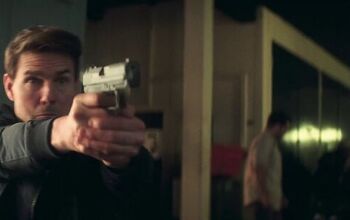
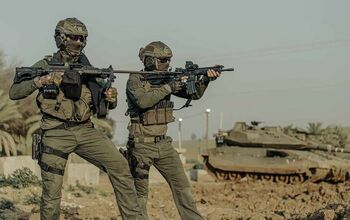
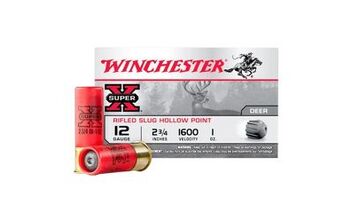

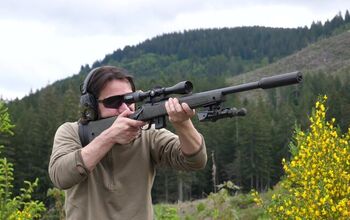


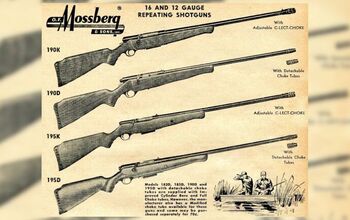
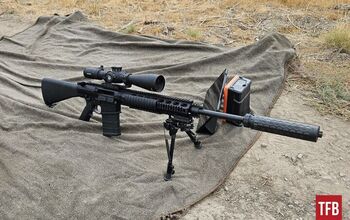


Comments
Join the conversation
You can still find something similar that is used for retriever training. It is called a Dummy Launcher. It is virtually identical in looks and operation except it throws a training dummy. The dummy is built around a steel tube.
https://dtsystems.com/products/super-pro-dummy-launche r
If you have a 3d printee why not print a guide that sticks in the "muzzle" to let you easily run a cleaning rod down to pop the case out of the chamber?